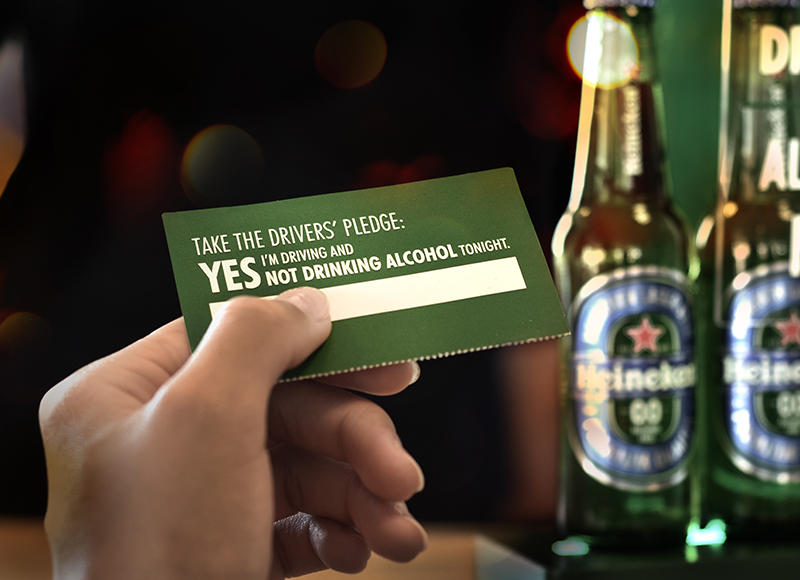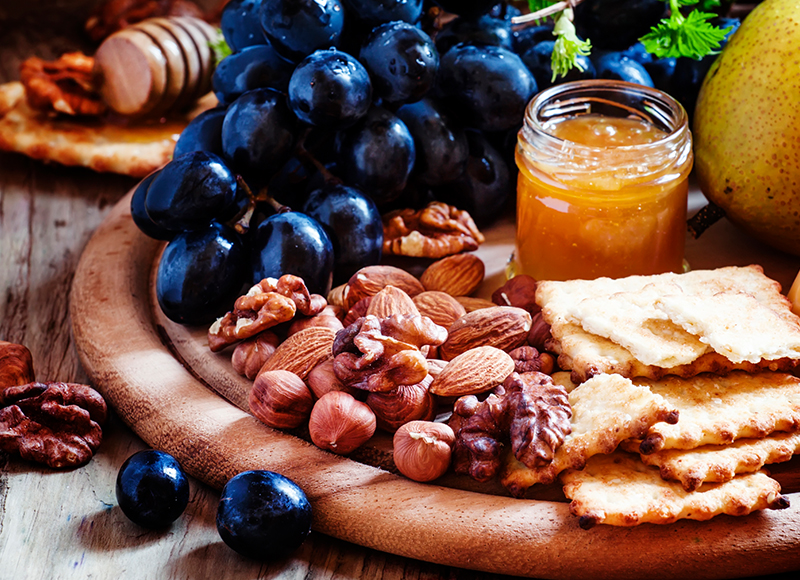Deep Read:
Behavioural Science in the Private Sector: Guidelines for Avoiding Misuse
Is it ethical to use Behavioural Science in the private sector? Our take...... →
For general enquiries please contact us on
+44 1223 248888
enquiries2024@innoviatech.com
St Andrew's House, St Andrew's Road
Cambridge CB4 1DL United Kingdom
FIND US
What it is, how it’s relevant to the food sector, and how it fits in with holistic innovation.
When it comes to innovation in food and beverage, we find that people generally have a grasp of what chemistry means or what design means, but people have different views about what behavioural science is and what it can be used for. You probably know already that people don’t do what they say they will do (we’ve all intended to go to the gym), and you’ve probably heard about nudges. But behavioural science is more than that, and it’s more than a specific methodology for consumer testing. In this article Dr Emma Bertenshaw, Head of Behavioural Science at Innovia Technology, explains what it is, how it’s relevant to the food sector, and how it fits in with holistic innovation.
At the most fundamental level, behavioural science is a way of adding scientific rigour to the study of behaviour.
We all like to think we behave perfectly rationally, but none of us do. We are all constantly being influenced by what we think and feel and what is happening in our environment. In a food context, this includes advertising, pleasant in-store food aromas, and our own state of hunger. We can observe this by looking at how people shop. People might stick to their shopping list one day but ignore it the next; sometimes they will carefully consider each item and other times they automatically place items into a basket with little conscious thought.
By understanding behavioural science, we can start to understand why people behave like this. Motivation to behave in a certain way is influenced by a complex interaction between the conscious and non-conscious parts of the brain. Behavioural science recognises that people can have conscious intentions that direct behaviour and also have automatic and impulsive responses – focused on the basics of survival. This knowledge is what allows behavioural scientists to understand, influence and predict customer and consumer behaviours in pretty much any context. Behavioural scientists working in the food sector tend to consider a host of factors driving consumer food choice, including the neuroscience of pleasure and wanting, biological systems and markers, social and cultural factors, and food accessibility.
Have you ever wondered why when you walk into a supermarket the fruit and vegetables are always the first thing you see? This is no accident – this is behavioural science by design, encouraging you to make healthier choices. It seems strange now, but decades ago, people believed that to improve nutrition the populace just needed better education about food. It’s now widely accepted that we need to go beyond education to influence food choice.
Consider one of the toughest food problems that is close to parents’ hearts: how to get kids to eat more fruit and vegetables. Behavioural science has helped us understand why children have an innate disliking for green vegetables and given parents hope that their kids will live to enjoy a greater variety of food. Behavioural scientists still study ways and means to get kids to eat their greens. For example, a team of behavioural scientists at Bangor University created a school intervention which included education, peer modelling (cartoons of teenagers eating fruit and vegetables), exposure (the foods being available every day in school) and a reward system of stickers and pens for taking part. Interventions like this (and more recently ‘Eat them to Defeat Them’) helped us develop a better understanding about what contributes to changes in food preferences.
Food companies tend to be close to consumer science, and the principles of sensation and perception. I’ve occasionally worked with food clients that speak a similar language to behavioural scientists, referring to principles such as peak-end effects. The sector has grappled with the complex methodological issue of how to design for subjective experiences. People have partially solved for it using sensory science and drivers of liking, but there can still be unease about an overreliance on liking and a desire to consider a full range of factors driving food choice and acceptance.
This is where a behavioural science approach can help. Using the principles of behavioural science can help you design rigorous consumer studies to make sure your products are solving the right problem and giving consumers what they actually need. Combined with the other disciplines of innovation (food science, design, manufacturing, and so on) it can help you make sure your ideas are well rounded and solve the problem in the right way. Finally, the rigour of the approach gives you confidence in the decisions you’re making, both at the product and portfolio level.
One example of behavioural science in the context of product development is research into satiety (being full between meals). A traditional view is that satiety is a biological phenomenon, determined by macronutrients and how the body processes them. But there is a psychological component too: the feeling of hunger and fullness is subjective and can also be influenced by expectations and memory. Behavioural scientists have helped us better understand satiety by conducting work in laboratories and measuring behaviour ‘in the wild’.
If you are a food company and want to help your consumers feel a particular way by design, this is directly relevant to you.
Understanding cognitive drivers of sports performance
Sports nutrition typically focuses on improving physical outcomes. Innovia helped PepsiCo look for new ways to also improve mental performance by exploring the underlying cognitive drivers…

Reducing drink-driving using behavioural science
How can you stop people drinking and driving? Innovia’s behavioural science approach and in-bar testing showed various ways to do it…

Understanding an emerging consumer group
To broaden a product’s appeal, you need to know who might consider using it and why. Innovia helped PepsiCo understand an emerging consumer group…

Making healthy snacks appealing
Consumers want snacks that are both tasty and nutritious, but this is not always straightforward. Innovia helped to plan the next generation of healthy snacks…


Emma has been working on food sector challenges for 20 years. Prior to joining Innovia six years ago, she worked at an FMCG R&D site, helping multi-disciplinary teams discover food and beverage innovations. Before that, she trained in an experimental food lab at Sussex University. As Innovia’s Head of Behavioural Science, Emma thinks about how Innovia can help its clients solve their biggest people challenges. She enjoys the way behavioural science interfaces with other disciplines, especially chemistry, physics and design.
Behavioural science has risen in popularity recently, and she believes that as long as practitioners can retain integrity, humility and a passion to learn, it will play an important role in facing some of societies’ greatest uncertainties.
After working across many sectors, including working on food and drink challenges both client and consultancy side, she’s concluded that people in the food and drink sector are most curious about whether behavioural science can outperform their existing approaches. She consider this a good sign!